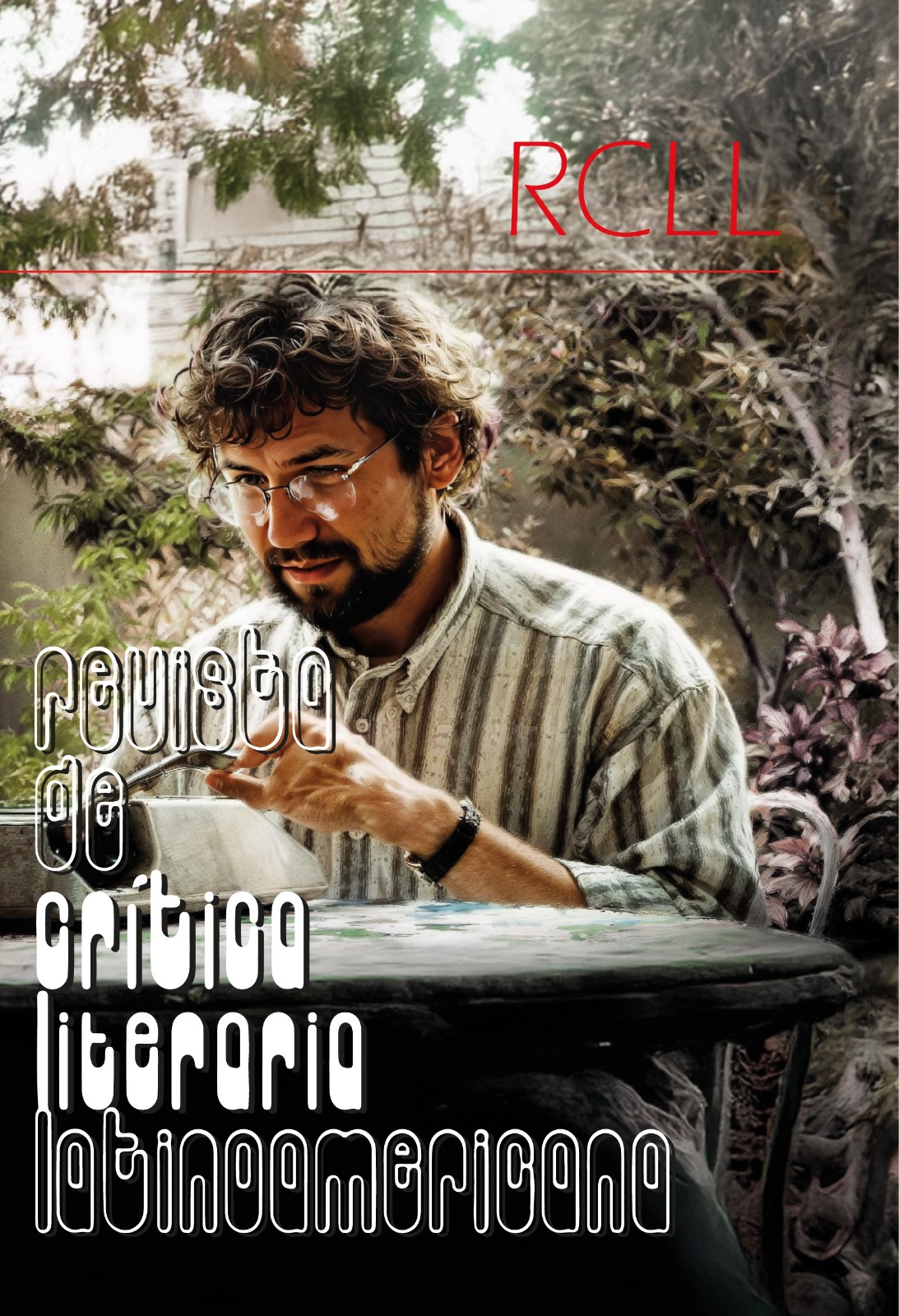El apasionado estudio del Inca Garcilaso de los Dialoghi D’amore de León Hebreo
Keywords:
Inca Garcilaso de la Vega, León Hebreo, Melchor Carlos Inca, Maximiliano de Austria, Dialogues of Love, Royal Commentaries of the Incas, incommunicability, incomprehension, lack of conciliation, conmemoration of the past, historial fable, alegory, supreme wisdomAbstract
Among the investigations devoted to the translation of the Dialoghi d’amore by Inca Garcilaso of the Sephardic philosopher León Hebreo, in my opinion the most comprehensive of the first and the most innovative of the recent are, respectively, those of Aurelio Miró Quesada in 1971 and José Antonio Mazzotti in 2006. Along these lines, the present investigation aims to highlight the texts by Hebreo that best illustrate the principles of his thought and the forms of expression he uses to communicate them and to see how Garcilaso uses them when conceiving his history of the Incas and the Spanish conquest of Peru. I propose four paths of approach through which Garcilaso will interpret the past and present of his bifurcated Peruvian world: lack of communication, incomprehension, lack of reconciliation and divergent ways of commemorating the past. My hypothesis is that the synthetic thought and allegorical interpretation of León Hebreo were for Garcilaso the axis of his fascination with the Sephardic author and that for this reason Garcilaso’s always more elaborate translation of the Dialoghi d’amore was a passionate and sustained undertaking that accompanied him throughout his life as an author.





